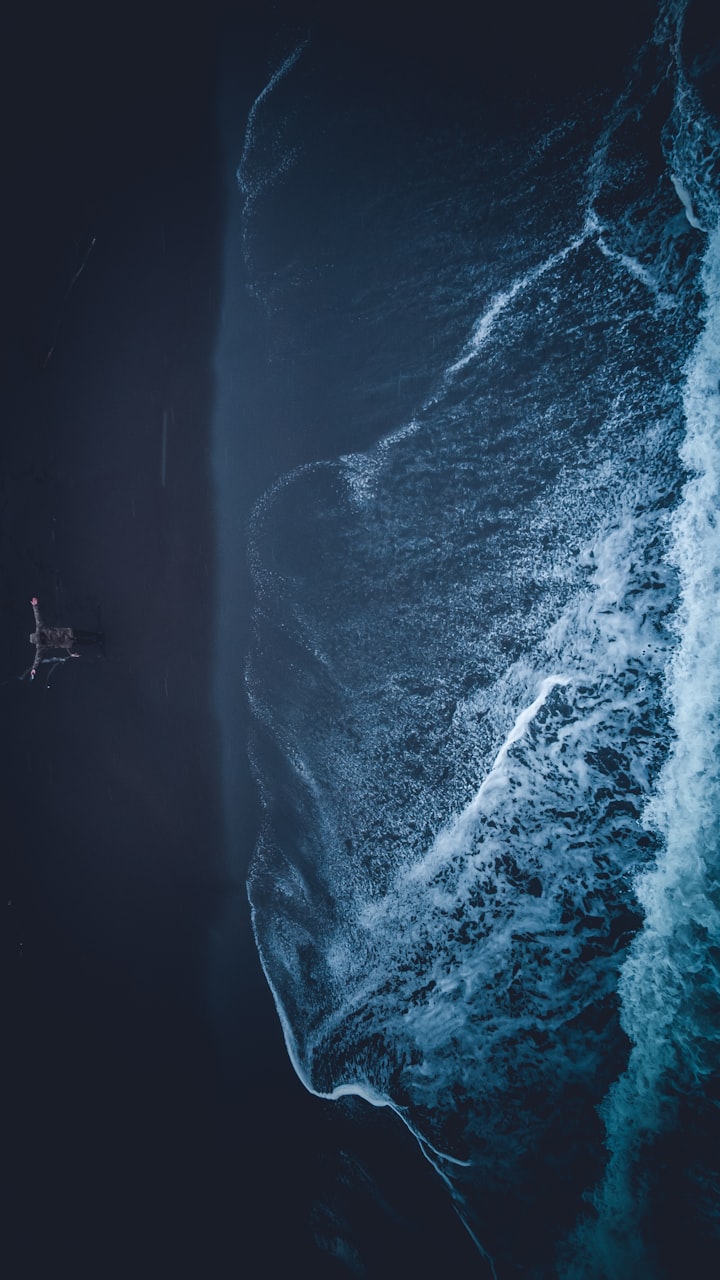Deepest Ocean In The World- Pacific Ocean
Pacific Ocean

The oceans are home to some of the world's most diverse living things and contain the deepest depths of humanity. While many oceans are still awaiting exploration, human activities such as industrial fishing, deep-sea mining, and the burning of mineral oil are drastically changing oceans. Current environmental problems include oil pollution in the Philippine and South China Sea.
The main access routes are La Perouse, Tsugaru, Tsushima, Taiwan, Singapore, and Torres Strait. The Pacific Ocean is the largest and deepest ocean basin on Earth and covers more than 155 million square miles [155 million sq km] with an average length of 4,000 feet. The Pacific Ocean, the world's largest body of water, covers some 40 million square miles [64 million sq km] or more than 28 percent of the world's surface area, more than any other continent in the world.
The Pacific is made up of more than 25,000 islands, more than the total number of oceans of the world combined, most of them close to the equator. The Pacific Ocean is shrinking due to plate tectonics, while the Atlantic Ocean is growing in size. There are many oceans along the Pacific Ocean, the largest in the Celebes (Coral Sea), East China Sea (Philippine Sea), Japan Sea (South China Sea) (South Sea), Sulu Sea (Tasman Sea), and the West Sea (Korea).
The Pacific Ocean stretches from the Arctic Ocean to the North or South Seas (by definition) and Antarctica to the south on the border of the Asian and Australian continents in the west and the Americas to the east. Its unusual western coast contains many, the largest oceans of the famous sea, the Coral Sea, the East China Sea, the Philippines, the Sea of Japan, the South China Sea (Sulu Sea), the Tasman Sea, and the Yellow Sea. The Pacific Ocean covers 46% of the earth's surface and 32% of its total area of 165,250,000 square miles [165,250,000 sq km] in the southern Antarctic, making it the second-largest in the world after a total area of 148,000,000 square miles.
The depth in the middle of the Pacific Ocean (excluding adjacent oceans) is 4280 meters and its known depth is 10,134 meters. The deepest part of the world is the Mariana Trench, located at an altitude of 10,911 meters above sea level. The Pacific Ocean covers about one-third of the earth and covers 17.97 million square miles [17.97 million sq km], the largest in the world, and the African continent.
The Pacific Ocean is a salty water source from the Antarctic region north to the Arctic and is located between the continents of Asia and Australia in the west and North America and South America to the east. The western Pacific Ocean is marked by a broken line of the seafront from the Aleutian rift in the north (Kuril-japan rift) and from Tonga to the Kermadec River ending northeast of New Zealand on the northern island. The most important sea-breakers in the region are the Central American Rift in the North Pacific and the Peru-Chile Rift in the South Pacific.
In addition to the west, New Zealand and the Melanesian Islands form a natural boundary between the two swales of the Pacific Ocean, the Tasman Sea, and the Coral Sea in the north, west, and east of Mariana Ridge, Sitio Ridge, and Iozima Ridge which provide natural fragmentation. The Pacific Ocean is located between America's east of its base and the continents of Asia and Australia in the west. The Pacific means "peace" and comes from the Latin Pace of Peace and was named in 1521 by the Portuguese explorer Ferdinand Magellan who called his waters Mar Pacifico, meaning "peaceful sea".
The Pacific, provided by Portuguese explorer Ferdinand Magellan by the Latin Mare Pacificum (Peaceful Sea) is the largest ocean in the world. It covers 46 percent of the earth's surface and 32 percent of its entire surface. The area of the Pacific Ocean (excluding adjacent oceans) is estimated at 16.52 million to 18.13 million square miles, while the Atlantic Ocean area is the largest on Earth.
The Pacific Ocean was first discovered by Europeans in the 16th century, in 1513, when Spanish explorer Vasco Nunez de Balboas made a pilgrimage to Panama on the island of Panama on the Caribbean coast. Our first glimpse of the Pacific Ocean, the world's largest ocean, covers about one-third of the earth's surface (6.4 million square feet [6.4 million sq m]), was the largest in the world, and most were not explored until the 1800s. It needed a continuous gray sky and a stormy sea on confusing ships.
In contrast to the Atlantic, where thermohaline circulation is strong, the low salinity of the surface of the North Pacific Ocean prevents the formation of deep water at high altitudes and restricts heat transfer to Poland. The North Pacific is home to the largest warm low-salt valley between the world's largest lakes and the world's oldest deep waters (Tomczak and Godfrey 1994).
If no major rivers are flowing into the North Pacific, the low salinity source can in part be caused by heavy rainfall in the Intertropical Convergence Zone (ITCZ). Today, ITCZ is close to the equator year-round (Walis and Gauteng 1993), but there is no evidence of its occurrence in the southern hemisphere during the last frost (McGee et al., 2007).
The Mediterranean Sea of Australasia, the only Mediterranean Sea in the Pacific, is an important region for the formation of water and an important factor in the size and temperature of the global maritime system. Sea temperatures also play a role in climate change, as they influence the availability of moisture in various regions.
From the Arctic Ocean in the north to the South Seas in the South. Like the Caribbean in the Atlantic, the Australasia Mediterranean, which is the only Mediterranean Sea in the Pacific, has an impact on the hydrology of the Pacific but plays a small role. The Marina Trench, located in the western Philippines and New Guinea in the lower part of the globe, was formed by a collision of two tectonic plates.
About the Creator
Radha Karki
I am very curious ar learning new things, love to read books, paintings, art, and love singing too.





Comments
There are no comments for this story
Be the first to respond and start the conversation.